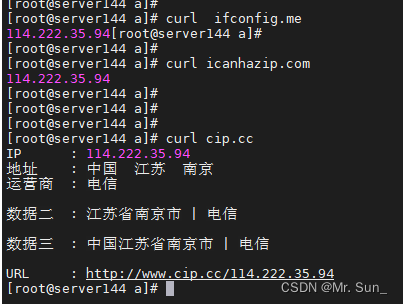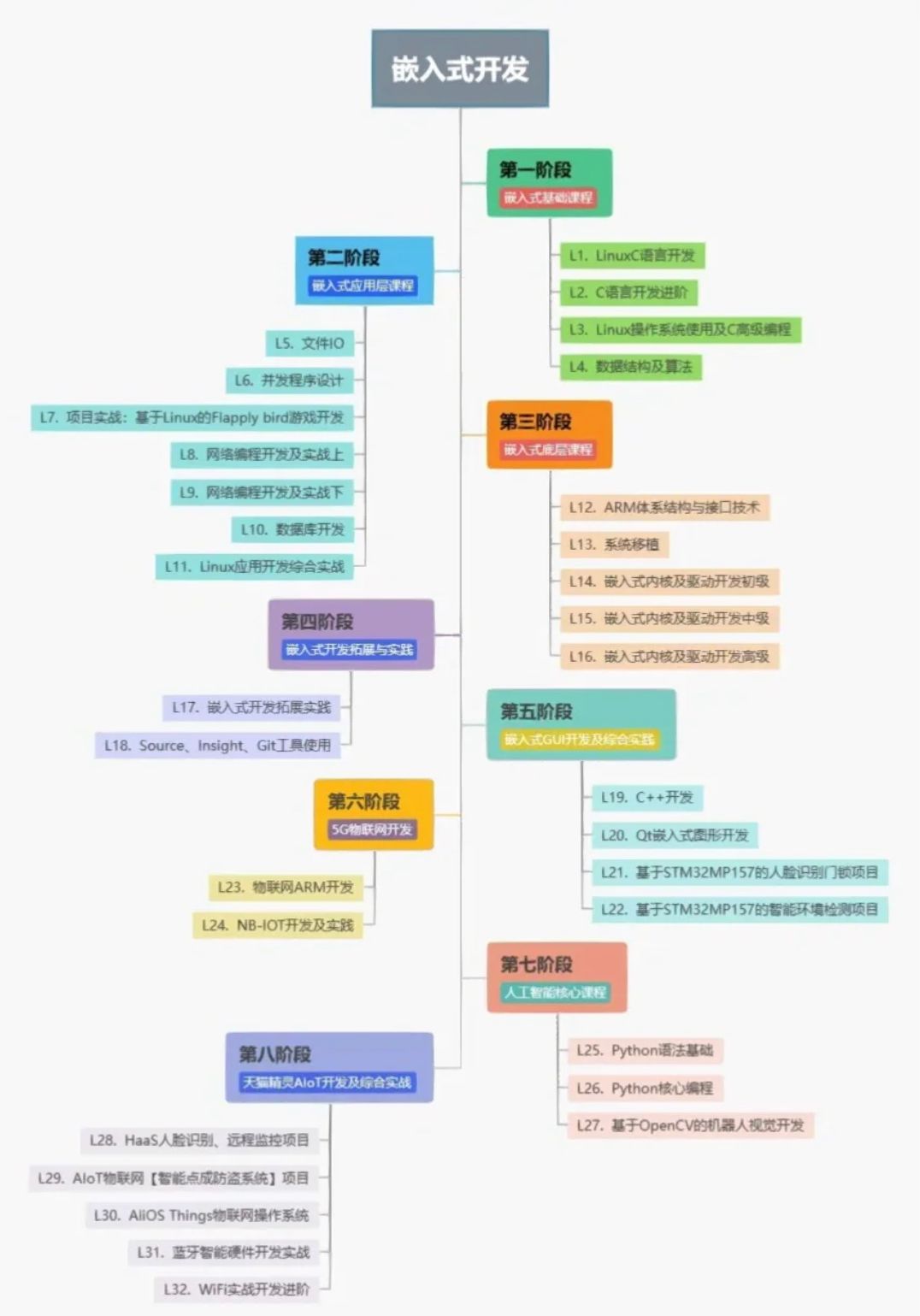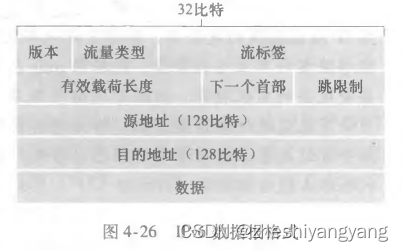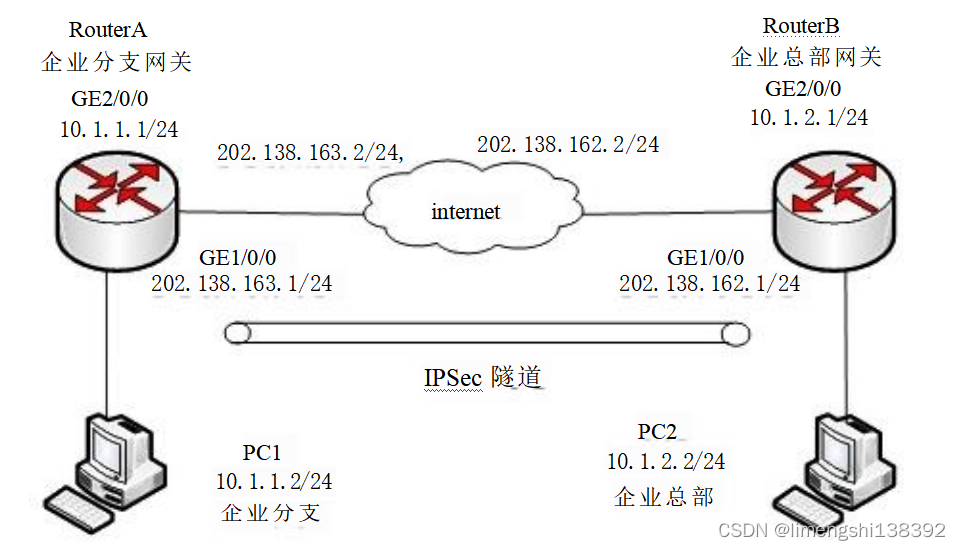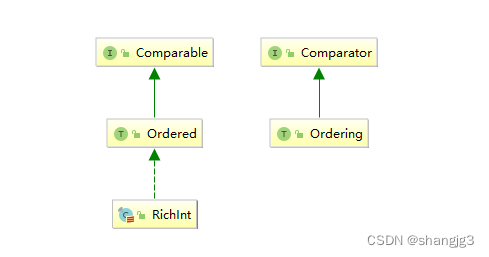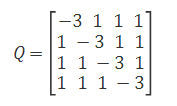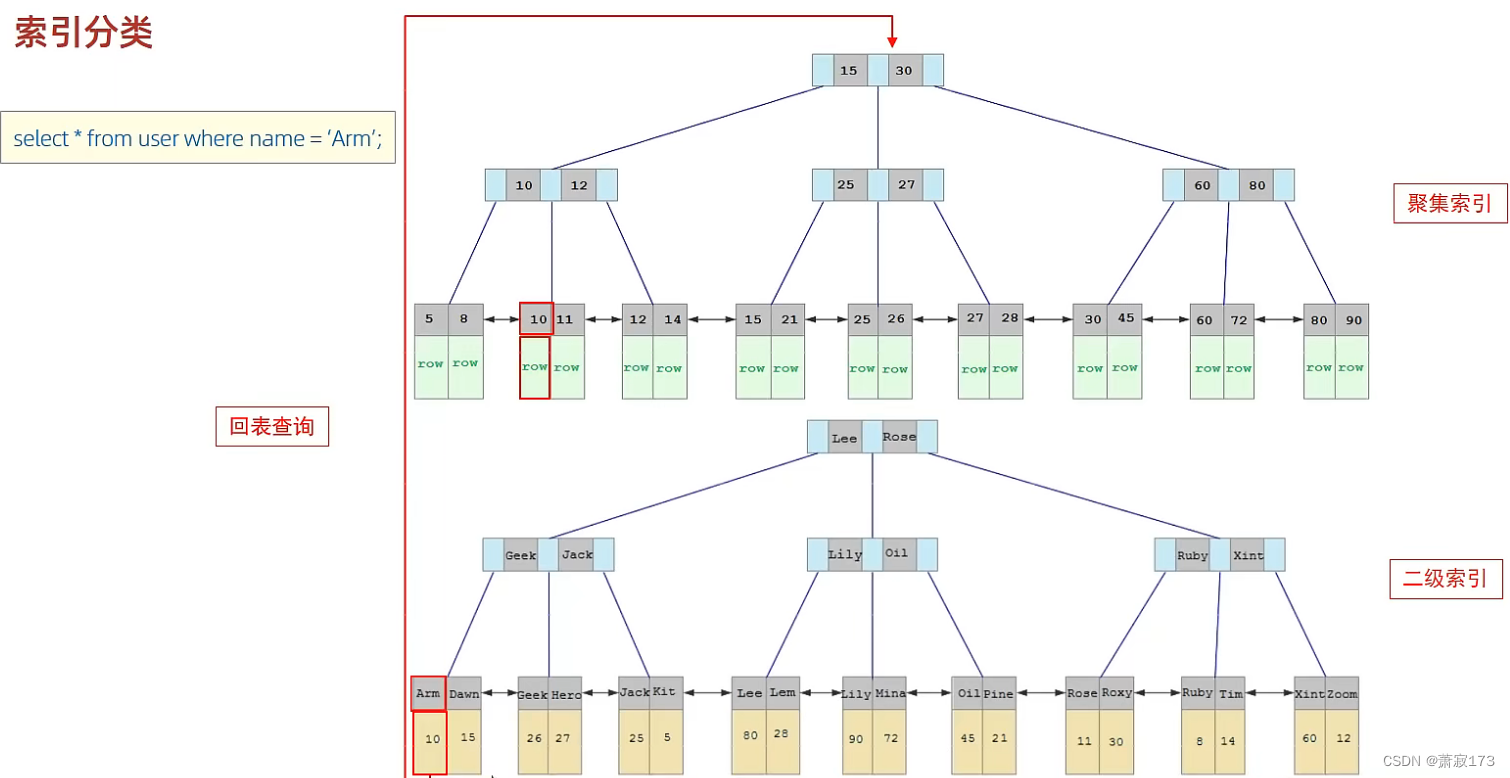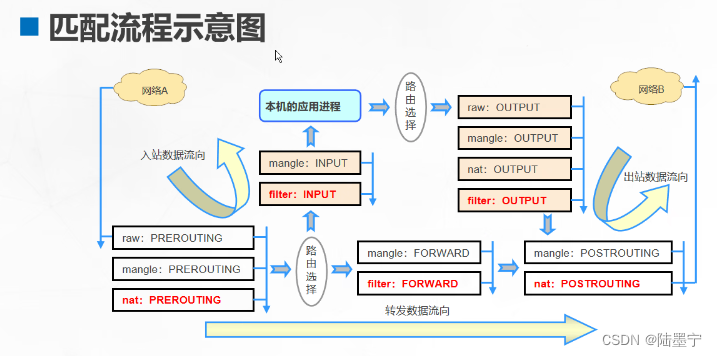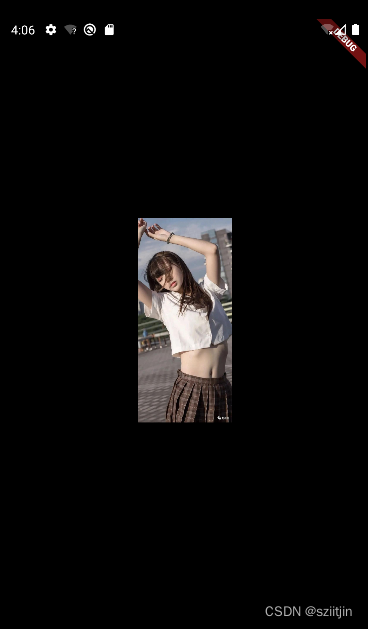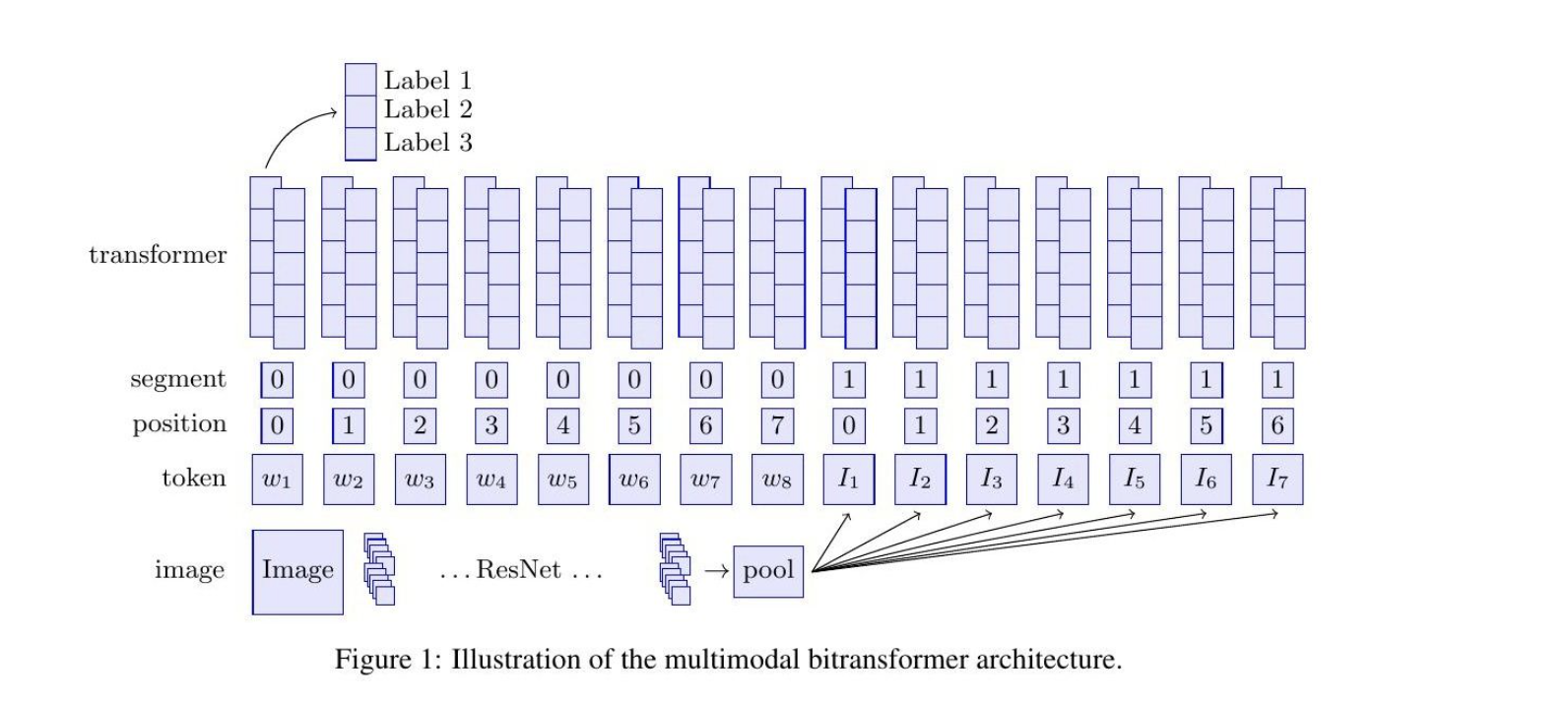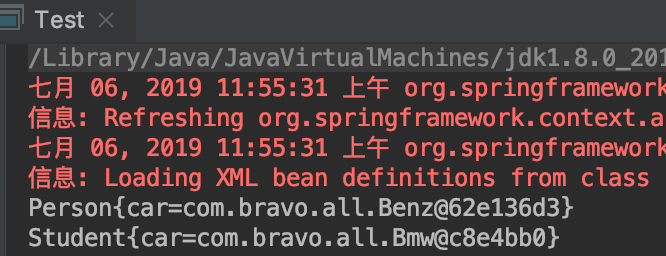做材料与生物相关方向的同学应该对image-j并不陌生,前几天有个师兄拜托我用image-j分析一些图片,但使用过后发现我由于不了解image-j的工作流程而对结果并不确信,而且image-j的功能无法拓展,对有些图片的处理效果并不好,因此我想到自己用matlab实现类似的功能,虽然没有友好的互动界面,但好在大家可以以此为基础,自己设计功能,更好得适配自己的研究方向。
测试文件与源程序下载地址,提取码: tcxa
视频教程(B站)
⏰:V1.0目前支持的功能:
😀:图像的开闭运算,分别对应分离细小连接与填充细小空洞
😀:二值化:支持单个自动阈值、单个手动阈值、手动区间阈值
😀:筛选颗粒:支持基于圆度筛选、基于面积大小筛选
😀:图像统计:支持颗粒占全图比例、图像真实面积、颗粒真实面积、颗粒数量统计
下载后设置好matlab的工作目录,

打开main.m文件开始使用,我把所有需要修改的地方都放在最前面:

建议一开始使用测试图片的时候,对这两项做如下设置:
auto_segmentation = true; %是否使用自动阈值分割
Interval_segmentation = false; %是否使用区间阈值分割
完整代码
clear
clc
close all;%关闭图片
%% 这里是需要修改的
image_dir = 'test.png'; %读取文件,修改为你图片的名字
fill_image = false; %是否要填充图像,true会开启膨胀加腐蚀
separate_image = false; %是否要分离图像,true会开启腐蚀加膨胀
SE1 = strel('square',8); %得到边长为13的方形结构元,腐蚀和膨胀的结构元大小,可以调整的大小看看效果,点密集时候需要调整,dense_image为false时无效
colors = [0,255,0]; %调颜色,默认红色
auto_segmentation = false; %是否使用自动阈值分割
level = 200; %二值化阈值,auto_segmentation为true时该值无效
Interval_segmentation = false; %是否使用区间阈值分割
lowerThreshold = 25; %区间阈值分割下限Interval_segmentation为false时该值无效
upperThreshold = 61; %区间阈值分割上限Interval_segmentation为false时该值无效
desiredCircularity_bottom = 0.0; %设置所需的圆度阈值下限,越大越圆,范围0-1
modify_threshold_top = false; %是否需要修改圆度阈值上限
desiredCircularity_top = 0.6; %圆度阈值上限值,threshold_top_modify为false时该值无效
ruler_val = 50; %比例尺标量值
unit = 'um^2'; %比例尺单位
ruler_l = 557; %比例尺左端像素位置(x)
ruler_r = 744; %比例尺右端像素位置(x)
particle_area_thres = 0; %颗粒大小阈值下限,单位为unit
%% 预处理
imagetest1 = imread(image_dir);
imagetest_copy = imagetest1;
mysize=size(imagetest1);
if numel(mysize) == 2
imagetest1 = cat(3,imagetest1,imagetest1,imagetest1); %将灰度图像转换为彩色图像
imagetest_copy = cat(3,imagetest_copy,imagetest_copy,imagetest_copy);
end
imagetest1 = rgb2gray(imagetest1);
imagetest1_copy = imagetest1;
imshow(imagetest_copy)
impixelinfo%通过左下角的提示看比例尺坐标
%Filter = fspecial('average',[3,3]);
% gausFilter1 = fspecial('gaussian',[7,7],0.6);
% imagetest1 = imfilter(imagetest1,gausFilter1);
% imagetest_copy_Gau = imagetest1;
%imagetest_copy = rgb2gray(imagetest_copy);
%I2 = im2bw(imagetest1, 0.25);
if auto_segmentation
fprintf(2,'注意你使用了自动阈值\n');
level = graythresh(imagetest1);
imagetest1 = imbinarize(imagetest1, level);
elseif (~auto_segmentation&&~Interval_segmentation)
fprintf(2,'注意你使用了手动阈值\n');
imagetest1 = imbinarize(imagetest1, level/255);
end
if Interval_segmentation
fprintf(2,'注意你使用了区间阈值\n');
imagetest1 = (imagetest1_copy >= lowerThreshold) & (imagetest1_copy <= upperThreshold);%区间二值化
end
%% 腐蚀加膨胀
if fill_image
fprintf(2,'注意你开启了填充\n')
imagetest1 = imdilate(imagetest1,SE1);
imagetest1 = imerode(imagetest1,SE1);
end
if separate_image
fprintf(2,'注意你开启了分离\n')
imagetest1 = imerode(imagetest1,SE1);
imagetest1 = imdilate(imagetest1,SE1);
end
%% 圆度筛选封闭区域
labeledImage = bwlabel(imagetest1);%封闭空间标签
props = regionprops(labeledImage, 'Area', 'Perimeter');%实例化
circularity = (4 * pi * [props.Area]) ./ ([props.Perimeter].^2+0.0001);%求圆度
if ~modify_threshold_top
desiredCircularity_top = max(circularity);% 设置所需的圆度阈值上限,一般不用动
end
selectedLabels = find((desiredCircularity_top > circularity) & (circularity> desiredCircularity_bottom));
selectedImage = ismember(labeledImage, selectedLabels);%根据圆度值做筛选
fprintf(2,['圆度阈值设置为:',num2str(desiredCircularity_bottom),'-',num2str(desiredCircularity_top),'\n']);
fprintf(2,['面积阈值设置为:',num2str(particle_area_thres),unit,'\n'])
%% 展示结果
figure
subplot(2,2,1);
%imshow(imagetest1);
imshow(imagetest_copy);%原图
subplot(2,2,2);
imhist(imagetest_copy)
subplot(2,2,3);
%imshow(imagetest_copy_Gau);
imshow(selectedImage);%展示筛选圆度之后的图像
%% 求解与图像结果美化
sum1 = sum(selectedImage(:));%求像素总数
m = size(imagetest_copy,1);
n = size(imagetest_copy,2);
sum2 = m * n;%原图总像素数
Proportion = sum1/sum2;%求比例
disp(['所选区域占全图的比例:',num2str(Proportion*100),'%'])
real_area = m * n * (ruler_val / (ruler_r - ruler_l))^2;
disp(['全图真实面积:',num2str(real_area),unit])
disp(['选区真实面积:',num2str(real_area*Proportion),unit])
R = imagetest_copy(:,:,1);
G = imagetest_copy(:,:,2);
B = imagetest_copy(:,:,3);
%默认红色
R(selectedImage)=colors(1);
G(selectedImage)=colors(2);
B(selectedImage)=colors(3);
image_output=cat(3,R,G,B);
% I = double(selectedImage).*double(I)
% image_output = imfuse(imagetest_copy,I)
subplot(2,2,4);
imshow(image_output)%原图与红色mask的叠加
image_output = uint8(image_output);
imwrite(image_output,'result.png')%保存
selectedImage_copy = selectedImage;%二值化图像
particle_area = regionprops(selectedImage_copy, 'Area');%实例化
disp(['颗粒总数(根据圆度筛选后):',num2str(size(particle_area,1)),'个'])
particle_area_val = [particle_area.Area]*(ruler_val / (ruler_r - ruler_l))^2;%真实世界的面积
vector_particle = [];
for i= 1:size(particle_area_val,2)
if particle_area_val(i) > particle_area_thres
vector_particle = [vector_particle, particle_area_val(i)];
end
end
labeledImage_2 = bwlabel(selectedImage_copy);%封闭空间标签
selectedLabels_2 = find(particle_area_val > particle_area_thres);
selectedImage_copy = ismember(labeledImage_2, selectedLabels_2);%根据面积做筛选
figure
imshow(selectedImage_copy)
mean_particle_real = mean(vector_particle);
disp(['根据面积筛选后颗粒个数:',num2str(size(selectedLabels_2,2))])
disp(['根据面积筛选后平均颗粒真实面积:',num2str(mean_particle_real),unit])
